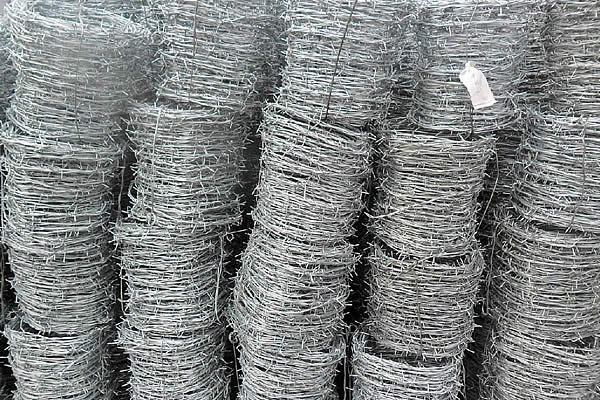 TEL:
+86-13102802206
TEL:
+86-13102802206
 Email:
fencenetting@china.com
Email:
fencenetting@china.com
 Language
Language
 TEL:
+86-13102802206
TEL:
+86-13102802206
 Email:
fencenetting@china.com
Email:
fencenetting@china.com
 Language
Language


The House Behind the Barbed Wire Fence
In a small, unassuming town, nestled between rolling hills and serene fields, stood a peculiar house with a barbed wire fence that seemed to convey an air of mystery and intrigue. Its weathered walls, once painted in a cheerful shade of blue, had faded over the years, reflecting the passage of time and the secrets held within. The house was more than just a structure; it was a storyteller, whispering tales of sorrow and resilience to those who chose to listen.
The barbed wire fence encircling the property stood as a formidable barrier, sharp and daunting. To some, it was a symbol of abandonment, evoking images of lost dreams and forgotten memories. To others, it represented a safeguard, a protective measure against the world beyond. Children in the neighborhood would often stare at the house, their curiosity piqued by the ominous spikes that seemed to reach towards the sky, almost as if they were trying to escape the confines of the property.
The House Behind the Barbed Wire Fence
Years ago, the house was alive with laughter, hosting countless gatherings and celebrations. The Johnson family, known for their warmth and generosity, opened their doors to everyone. Neighbors would gather for potlucks, sharing stories and building strong bonds. However, tragedy struck when Mr. Johnson lost his job, leading to a slow decline in their fortunes. Unable to maintain the house and the lifestyle they had built, the family ultimately decided to move away, leaving the house and its barbed wire fence behind.

As time passed, the house became a canvas for speculation and rumors. Some claimed it was haunted, attributing strange noises and flickering lights to a lingering spirit. Others whispered about a reclusive artist who took refuge within its walls, creating masterpieces hidden from the world. Despite the stories, few dared to approach the property, deterred by the intimidating fence that symbolized both exclusion and protection.
However, the truth about the house behind the barbed wire was far less sinister. It became a sanctuary for a young woman named Clara, who had inherited the property after her grandmother's passing. Clara, a gentle soul with a passion for painting, saw within the house a chance for rebirth. The barbed wire fence that once seemed menacing became a metaphor for her own struggles as she sought to heal from the pain of her past.
As she settled into her new life, Clara began to restore the house, stripping away layers of neglect while infusing it with her creativity. Each brushstroke on the faded walls breathed new life into the once forlorn structure. She planted a vibrant garden, allowing colorful blooms to outshine the harshness of the barbed wire. Slowly, the house transformed from a symbol of isolation into a beacon of hope, inviting those willing to look beyond the surface.
Clara’s story intertwined with the community as she opened her doors for art classes and workshops. The barbed wire fence became less of a barrier and more of a frame for the beauty that blossomed within. Neighbors who once hesitated to approach the house now found themselves drawn to its unfolding story, a tale of recovery that resonated deeply with their own lives.
In the end, the house behind the barbed wire fence stood as a testament to resilience, a reminder that even the most daunting barriers can be overcome. It showcased the power of community, creativity, and the profound ability to transform not only a space but also oneself. The house, once a repository of lost dreams, had become a cradle for new beginnings, where hope flourished and stories continued to be written.